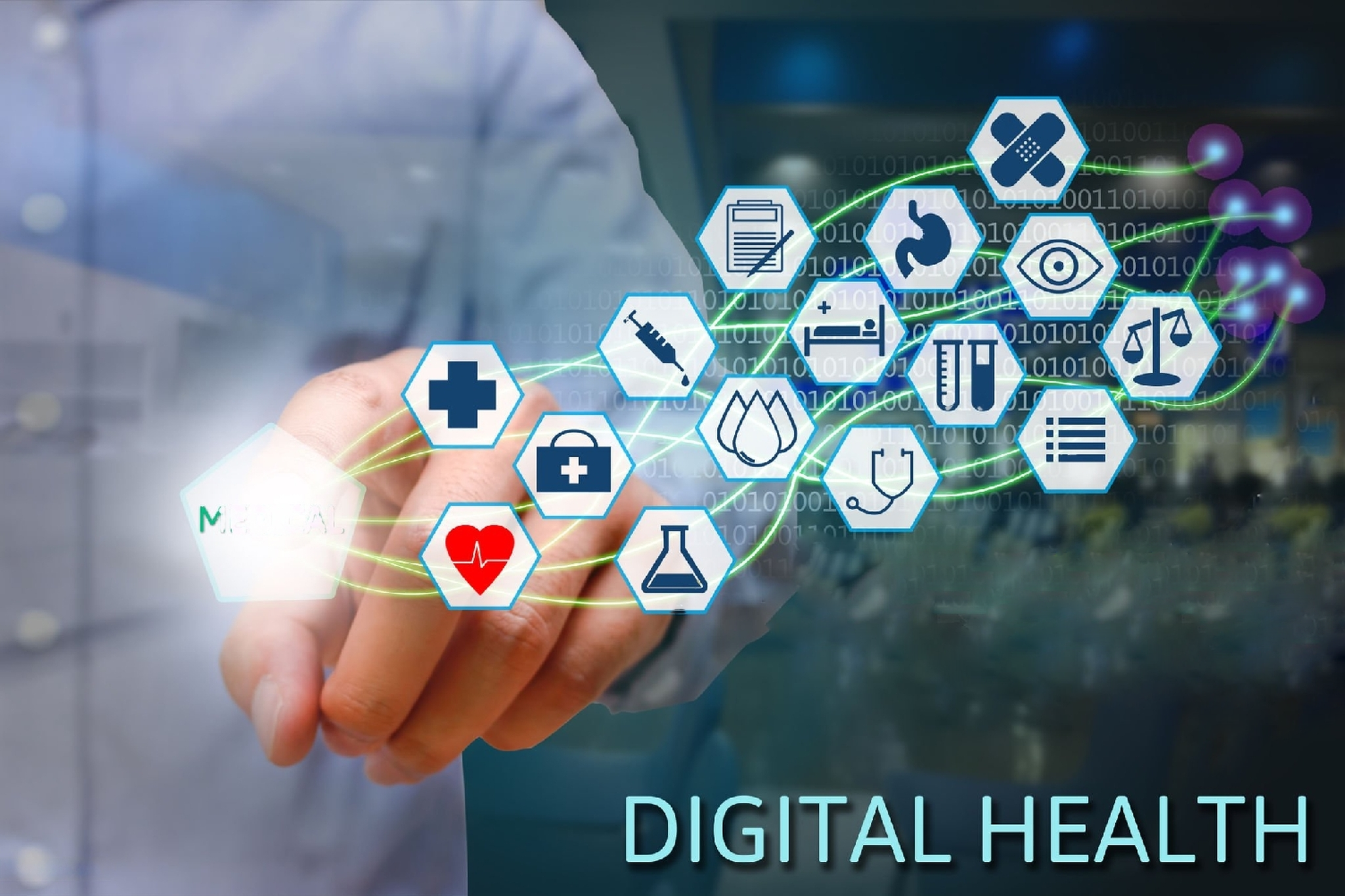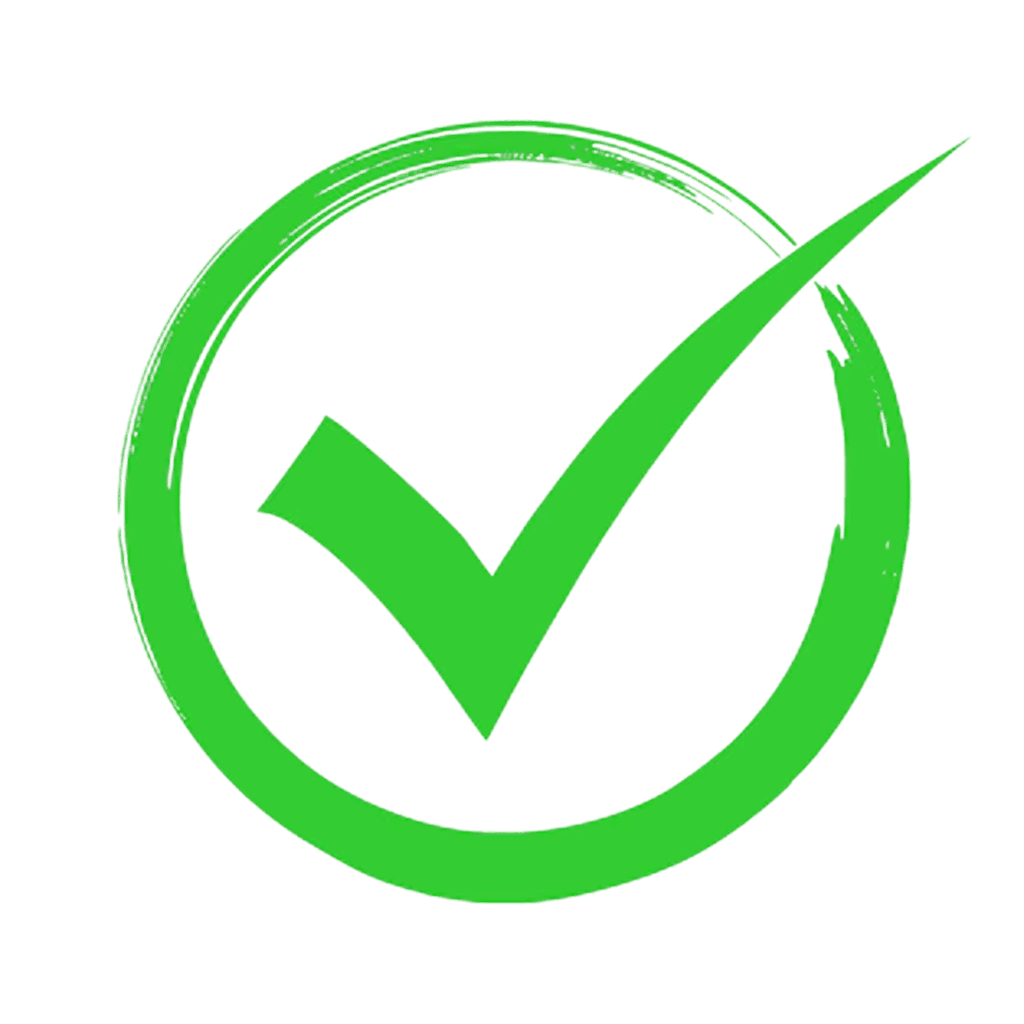The Internet of Things (IoT) is a network of physical objects that are embedded with sensors, software, and network connectivity to collect and exchange data. In the healthcare industry, IoT is being used to improve patient care, reduce costs, and improve efficiency.
What is IoT in healthcare?
IoT in healthcare refers to the use of IoT devices and sensors to collect and monitor patient data. This data can be used to track patient health, provide remote care, and even diagnose diseases. IoT devices can also be used to automate tasks, such as medication delivery and wound care.
How IoT Helps In Healthcare — Process
The process of using IoT in healthcare can be broken down into three steps:
- Data collection: IoT devices collect data from patients, such as heart rate, blood pressure, and blood sugar levels. This data can be collected in real time or at regular intervals.
- Data analysis: The collected data is analyzed to identify patterns and trends. This information can be used to track patient health, diagnose diseases, and develop personalized treatment plans.
- Data sharing: The analyzed data is shared with healthcare providers, patients, and other stakeholders. This allows everyone involved in the patient’s care to have access to the most up-to-date information.
What is the current state of IoT in healthcare?
The use of IoT in healthcare is still in its early stages, but it is growing rapidly. The global market for IoT healthcare devices is expected to reach $136.8 billion by 2025.
Some of the most common IoT applications in healthcare include:
- Remote patient monitoring: IoT devices can be used to monitor patients’ vital signs and other health data remotely. This allows patients to receive care at home or in other settings outside of the hospital.
- Fall detection: IoT devices can be used to detect falls in elderly patients. This can help to prevent injuries and improve patient safety.
- Medication adherence: IoT devices can be used to remind patients to take their medications. This can help to improve medication adherence and reduce the risk of adverse drug events.
- Surgical robots: IoT devices are being used to control surgical robots. This allows surgeons to perform complex procedures with greater precision and accuracy.
- Smart hospitals: IoT devices are being used to create smart hospitals. This includes using sensors to track the location of medical equipment, monitor energy usage, and improve patient flow.
Benefits of IoT in Healthcare
The use of IoT in healthcare has many benefits, including:
- Improved patient care: IoT devices can help to improve patient care by providing real-time monitoring and data analysis. This can help to identify and treat health problems early on.
- Reduced costs: IoT devices can help to reduce costs by reducing the need for hospital stays and doctor visits.
- Improved efficiency: IoT devices can help to improve efficiency by automating tasks and streamlining workflows.
- Increased safety: IoT devices can help to increase safety by monitoring patients and equipment and preventing accidents.
Challenges
The use of IoT in healthcare also faces some challenges, including:
- Security: IoT devices are vulnerable to cyberattacks. This could lead to the theft of patient data or the disruption of healthcare services.
- Privacy: There are concerns about the privacy of patient data collected by IoT devices.
- Cost: IoT devices can be expensive to purchase and deploy.
- Interoperability: There is a lack of interoperability between different IoT devices and systems. This can make it difficult to share data and integrate IoT devices into existing healthcare systems.
Applications of IoT in Healthcare
The use of IoT in healthcare is constantly evolving, and new applications are being developed all the time. Some of the most promising applications of IoT in healthcare include:
- Personalized medicine: IoT devices can be used to collect and analyze data about individual patients. This data can be used to develop personalized treatment plans that are tailored to each patient’s specific needs.
- Virtual reality: Virtual reality (VR) is being used to train healthcare professionals and provide patients with immersive experiences that can help them to manage their pain and anxiety.
- Gene editing: Gene editing is a new technology that has the potential to cure diseases and improve human health. IoT devices can be used to track the progress of gene editing treatments and monitor patients for side effects.
- Artificial intelligence: Artificial intelligence (AI) is being used to develop new healthcare applications, such as chatbots that can answer patients’ questions and robots that can perform surgery.
Future of IoT in Healthcare
The future of IoT in healthcare is bright. As the technology continues to develop, we can expect to see even more innovative applications of IoT in healthcare that will improve patient care and save lives.
Conclusion
IoT is a rapidly evolving technology with the potential to revolutionize the healthcare industry. By providing real-time monitoring and data analysis, IoT devices can help to improve patient care, reduce costs, and improve efficiency. However, there are also some challenges that need to be addressed, such as security, privacy, and interoperability.
Despite these challenges, the future of IoT in healthcare is bright. As the technology continues to develop, we can expect to see even more innovative applications of IoT that will improve patient care and save lives.
Here are some additional thoughts on the future of IoT in healthcare:
- IoT devices will become more affordable and accessible, making them more widely adopted by healthcare providers and patients.
- IoT devices will become more sophisticated, with the ability to collect and analyze more data. This will enable healthcare providers to make more informed decisions about patient care.
- IoT devices will be integrated with other healthcare technologies, such as artificial intelligence and machine learning. This will create new possibilities for personalized medicine and remote patient monitoring.
The use of IoT in healthcare is still in its early stages, but it has the potential to revolutionize the way we deliver care. As the technology continues to develop, we can expect to see even more innovative applications of IoT that will improve patient care and save lives.






